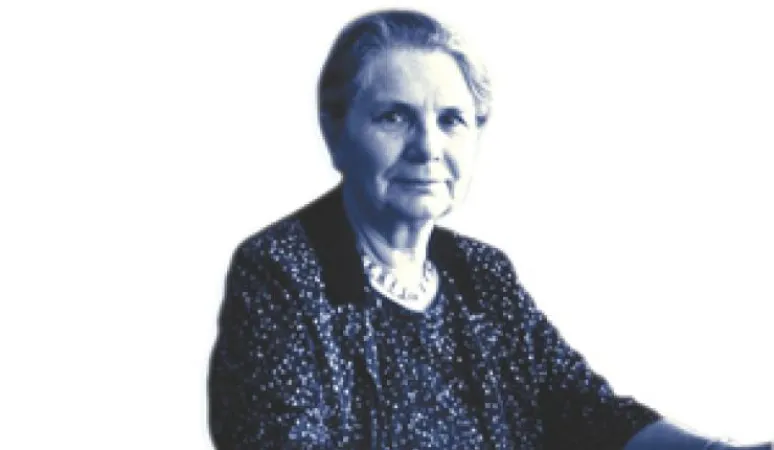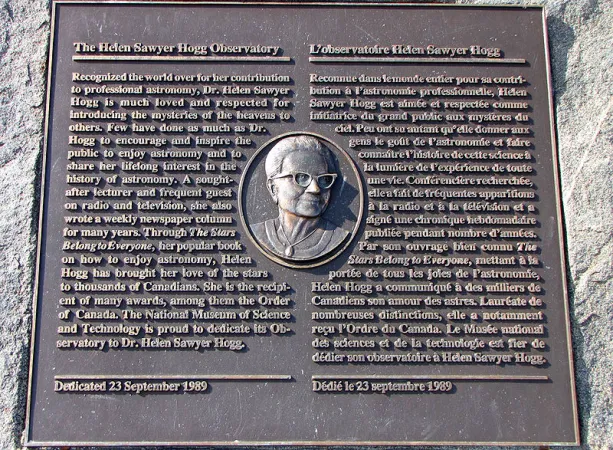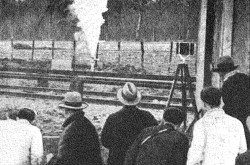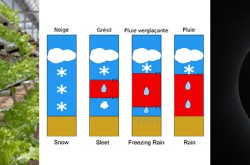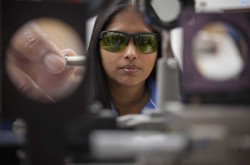The stars belong to everyone
This article was originally written and submitted as part of a Canada 150 Project, the Innovation Storybook, to crowdsource stories of Canadian innovation with partners across Canada. The content has since been migrated to Ingenium’s Channel, a digital hub featuring curated content related to science, technology and innovation.
Molly Gatt
Algonquin College Journalism Program
Helen Sawyer Hogg spent a lifetime gazing at the stars. After witnessing her first solar eclipse, her passion for astronomy was unstoppable.
Born and raised in Massachusetts, she married Frank Hogg, a Canadian, in 1930. A year later she received her doctorate and the two of them moved to Victoria, B.C. Her husband, also an astronomer, landed a job working at the Dominion Astrophysical Observatory in Victoria. But the Great Depression had hit hard in Canada and the U.S., and Hogg couldn’t find work. Instead she took a volunteer position at the Observatory. Hogg studied globular clusters her entire life. She had to study them for free for years, but when she moved to Toronto with her husband and daughter in 1935, Hogg received a research position at the David Dunlap Observatory.
Hogg published her first of three works on variable stars in globular clusters in 1939 and became a full professor at the University of Toronto by 1957. Frank Hogg died in 1951, but Helen chose to keep busy. She wrote a column for the Toronto Star titled, With the Stars, hosted a TV show, wrote academic works, founded an astronomy society and wrote a popular guide to the stars titled, The Stars Belong to Everyone.
She received the Order of Canada for sharing her love for astronomy with the public, and an asteroid was named Sawyer Hogg in her honour. Hogg was inducted into the Canadian Science and Engineering Hall of Fame in 2004.



